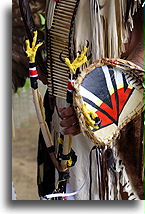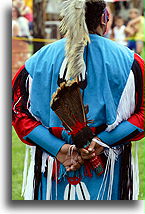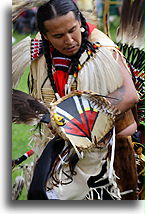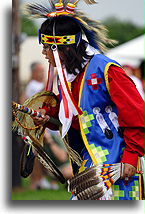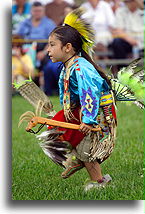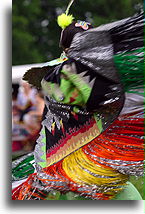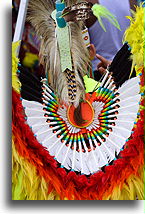
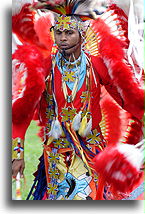
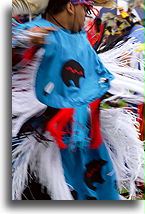
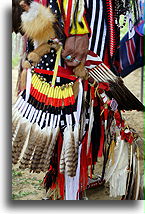
Thousands of such events are held across the United States every year. In each state, Native Americans organize festivals or rather cultural gatherings called pow-wows. Each of such includes parades, dancing, singing, even the Miss Indian competition; everyone has the opportunity to taste Native American food.
Pow-wows are mostly intertribal events. All participants are dressed in the traditional way, which include belts, dance fans, moccasins and regalia. Parades of dancers entering the arena are an exhibition of color. Participants wear buckskin, feathers, quills, beadwork, fringe, blankets, shells, jingles and bells all with regard to the earth, sky, water, fish and birds. Accompanying drums, Northern or Southern in style, deeply penetrate everyones hearts.
Pictures are from the pow-wow organized by Nanticoke Lenni-Lenape Indian in New Jersey in June 2009.
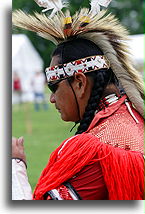
Styles and patterns in Native American garments have always identified a person as a member of a particular tribe. Before European contact, the hide was the only material used in American Indian clothing. Native peoples made beads from shells, bones, and stones. Just a few colors were available and used in the garments.
The closer contact with European traders in the nineteen century supplied native North American women with wide variety of previously unknown materials from other parts of the globe. Artists started to adopt imported woolen cloth, glass and brass beads to their apparel. In a very short period of time beadwork became a form of art. Preferences of a beads color and different designs turn out to be symbols of tribal membership.
Todays clothing is still unique. They are traditionally handmade from different types of garments available in stores. Artists are using modern materials while keeping traditional patterns.
